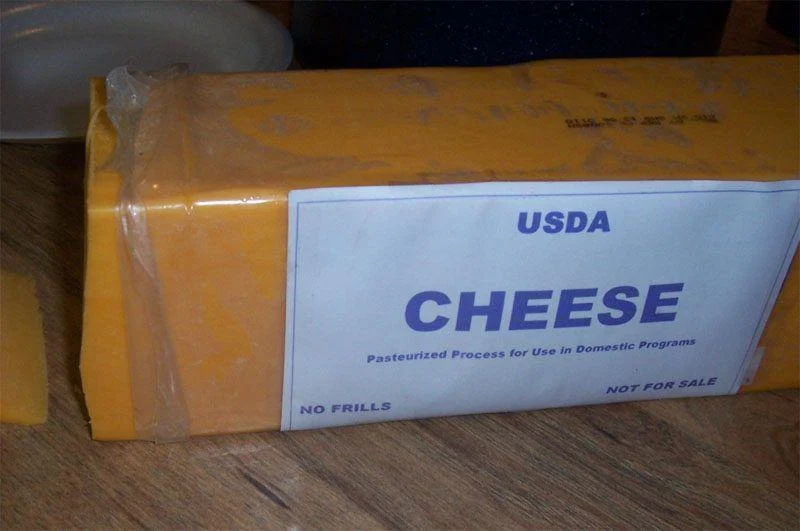By Dr. Curtis Varnell
A friend on Facebook recently asked if others had received their SNAP card for the summer. Since we live in a school district that has 100% free lunch, each student receives a SNAP (Supplemental Nutrition Assistance Program) card that provides lunch during summer vacation. The card, essentially a government-issued credit card, can be used to purchase groceries for low-income families or low-income regions.
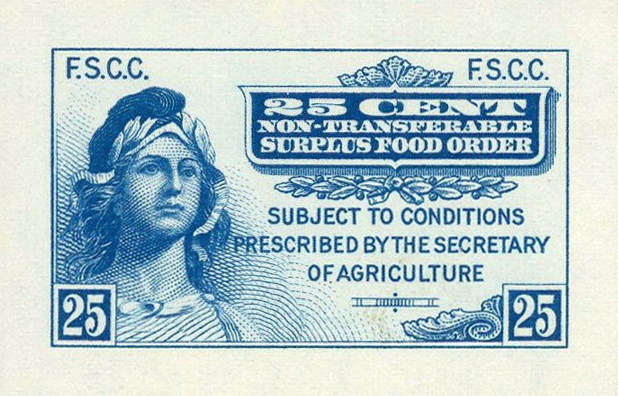
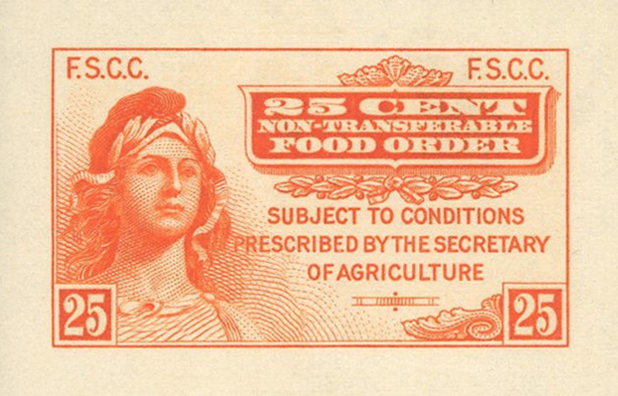
The whole program began during the Great Depression. Under the Agriculture Adjustment Act, the federal government encouraged farmers to destroy surplus food in order to drive up prices. Thousands of hogs were killed, gallons of milk were dumped on the ground, and high-yielding crops were simply plowed under—all in the hopes that the economy would improve and farmers could earn a decent wage. Horrified by the wanton destruction of produce, while seeing millions of people suffering from malnutrition and even starvation, many called on the government to find a way to distribute the food to those in need. The government obliged by establishing a surplus distribution program through the U.S. Department of Agriculture through the nonprofit Federal Surplus Commodities Corporation. By 1938, over $54 million worth of surplus food had been distributed to low-income families. As is the case today, this distribution led to complaints of waste, the creation of informal markets, and concerns about the “social” harm done to participants. One of the greatest concerns was voiced by merchants, who felt that giving away food dramatically affected their sales. To address this problem, Secretary of Agriculture William Wallace established the first food stamp program. The original program allowed those in need to purchase orange stamps that they could use to purchase any food item. For every dollar spent in orange stamps, 50 cents worth of free blue stamps were given. The blue stamps could only be used to purchase materials that the USDA deemed surplus.
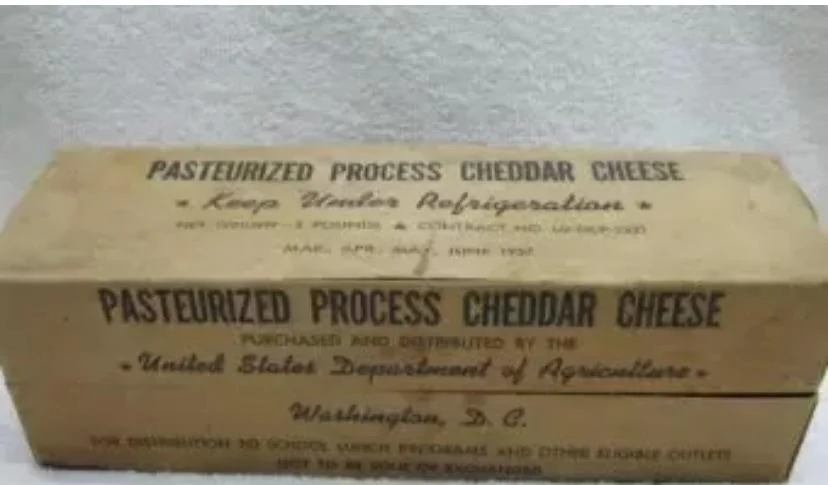
This program languished during the war years, but was reinstated in the last year of the Eisenhower administration and expanded during the Kennedy and Johnson years. No longer limited to surplus items, the stamps could be used on most food products and had the support of retailers if they provided financial gains to the manufacturers and distributors of processed foods. The program, which has been amended and modified many times over the years, has continued to expand to provide healthy and nutritious food to those in need. However, it still faces the same criticism it did in the 1930s. A big plus for Arkansas was in June 2014, Mother Jones reported that 18% of all food donations were spent at Walmart.
Food stamps alleviated much of the problem of food shortages, but not the problem of food surpluses. To keep markets going, the USDA continued to supply surplus “goods” to the school lunch program and to those in need. Alarmed by the many military recruits who arrived malnourished and underweight from rural areas, especially the South, the USDA set up a program to provide healthy food to low-income areas. As a child growing up in Arkansas, I watched lines form for hours before food was distributed to the general public. Many stood in line for hours, pulling a wagon or holding a sack to be filled with food. So-called Raw materials The products included rice, beans, cornmeal, peanut butter, canned meat, butter, and powdered milk and eggs. Everyone’s favorite was the 5-pound blocks of cheese; a mix of cheddar, colby, cottage cheese, and other unknown ingredients that created a unique blend of their own.
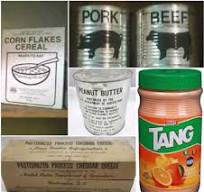
Although few in the South wanted to be considered welfare recipients, few turned down good, free food. My Oklahoma Indian grandmother always received a little extra, and others shared when they had more than they could use. The taste of the hideous powdered eggs or milk was balanced by the delicious cheese and peanut butter. We loved the rice, but in Arkansas it is a breakfast cereal, consumed with copious amounts of butter, sugar, and milk. The cooks at the school turned the soil, sugar, and butter into wonderful concoctions of cakes, cobblers, and cinnamon rolls, rather than serving the pre-made peanut butter sandwiches that exist today.
The program still exists, but only with difficulty. Occasionally people over 60 or under are provided with surplus goods. I often wonder if this “goods” cheese is still available? Maybe I’ll get in line myself!

